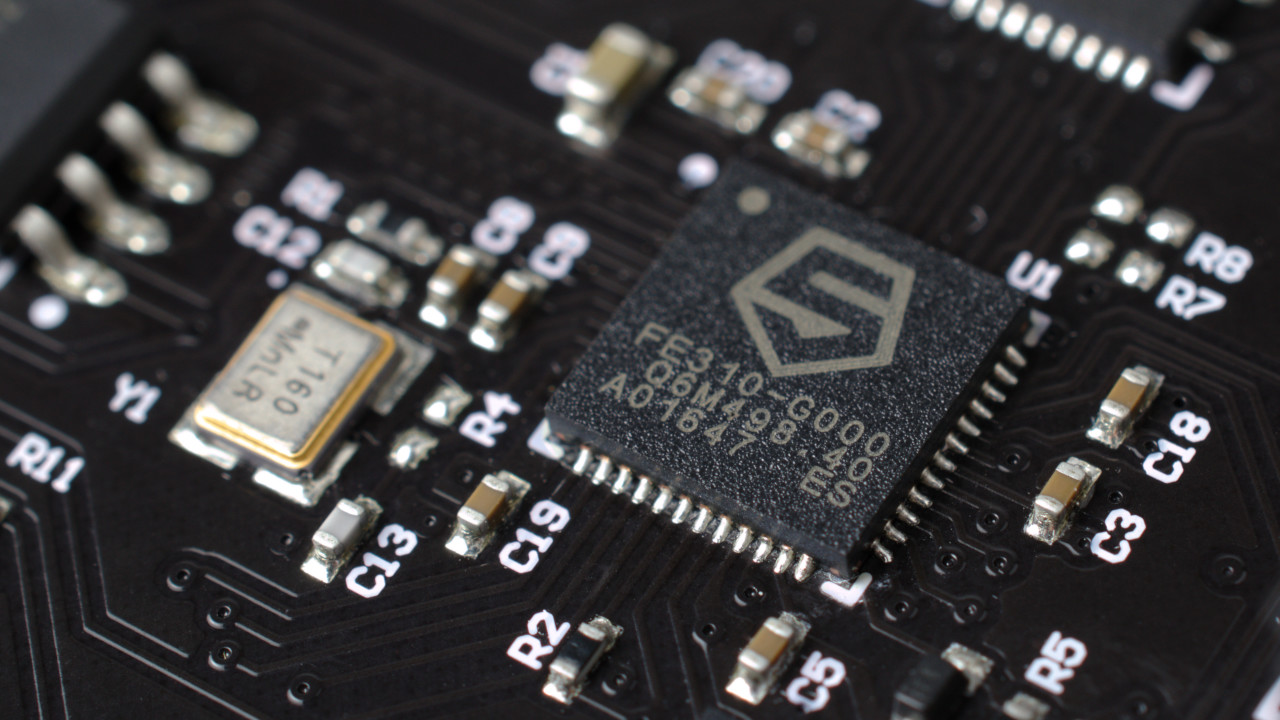Semiconductor Engineering’s Ann Steffora Mutschler has highlighted the growing popularity of open instruction set architectures (ISAs) like RISC-V and the newly-opened Power ISA, in a piece with input from a range of industry experts.
“It’s become so cumbersome to go into building chips because of all these factors,” OpenPOWER processor enablement director Mendy Furmanek tells Mutschler, referring to the complexity of entering into multiple agreements with multiple intellectual property holders. “At the same time, we really need the innovation. That’s why this [open ISA] movement is happening rapidly. We’ve got to get all of these barriers out of our way. It’s not just about money. It’s about all those things. But ultimately, it’s about faster innovation.”
“Ecosystems are fundamentally about efficiency,” adds Imperas Software chief executive Simon Davidmann. “As a processor core becomes popular, the growing pool of developers and projects attracts ecosystem investment to develop tools and solutions to help them. This becomes a snowball effect as popularity drives more adoption and attracts more solutions across wider areas of requirements. Ultimately the value and efforts extended by the ecosystem can be a many-fold. The key is software reuse.
“But it’s a symbiotic relationship. Innovation on the processor needs to evolve and include support from the ecosystem. This cannot be forced. There are many examples of hardware innovation that failed to gain the critical mass of ecosystem support or migrate successes in one market segment to another. An open ISA has the one advantage over traditional IP approaches in that, while it may not have a roadmap in detail pre-defined, it has a structure that permits optimization and customization. If the ecosystem can fully support this inherent flexibility, any new hardware should see less barriers to future adoption.”
There is one clear dissenting voice in the piece, it must be said: Arm vice-president Tim Whitfield, who has seen the growth of open ISAs in general and RISC-V in particular chipping away at his company’s majority share of the embedded market. Whitfield’s comments echo those used in an ill-judged and quickly-removed anti-RISC-V marketing campaign launched by Arm back in 2018.
Mutschler’s full piece is available over on Semiconductor Engineering now.
